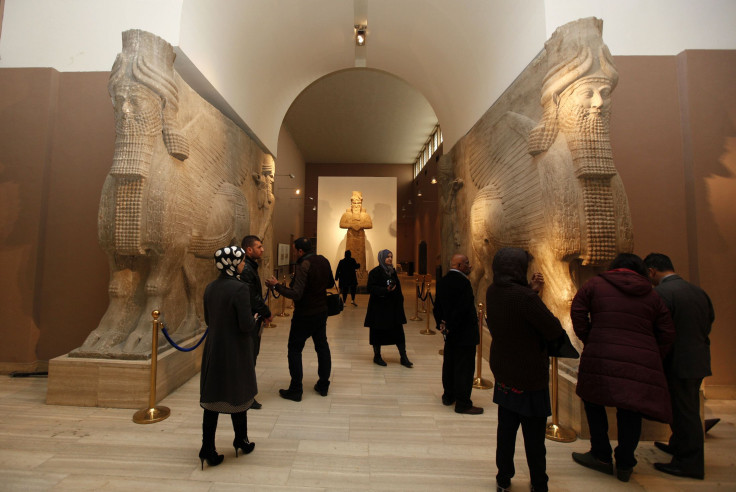Who Are Assyrians? ISIS Abducts Ethnic Christians In Syria, Latest Minority Group Targeted By Islamic State

Yazidis. Coptic Christians. Kurds. Turkmen. The list of minority groups targeted and often massacred by the so-called Islamic State continues to grow as the militants expand in a region rich with ancient cultures and ethnic peoples. The most recent target: Christian minority Assyrians. As ISIS fighters retreated after a battle against Kurdish troops in northeastern Syria Monday, they kidnapped 90 Assyrian Christians near Tal Tamar, also in northeastern Syria, according to the Syrian Observatory for Human Rights, a monitoring group.
The Assyrians are a Semitic group of people, like Arabs and Jews, who are concentrated in northern Iraq, but they are ethnically distinct from the Jews, Arabs and Kurds living in the countries around them. They speak neo-Syriac, also known as modern Assyrian, which developed from Assyrian Aramaic and, like Arabic, is written right to left.
The Christian group belongs primarily to three churches: the Nestorian, the Jacobite and Roman Catholic. According to the Assyrian International News Agency, the largest Assyrian community today is in Iraq, where an estimated 1.5 million of them once lived. About 100,000 Assyrians currently live in Lebanon, 700,000 in Syria, and 24,000 in Turkey. But in 2014, as ISIS pushed north from Mosul and into the Nineveh plain where Assyrians were living, the agency reported, 200,000 Assyrians fled into other Iraq cities and towns.
During World War I, the Assyrian genocide took place alongside killings of other ethnic peoples, including Kurds and Circassians, by the young Turks. One estimate put the death toll at 750,000. The Assyrian civilization itself dates as far back as the third millennium B.C., but it wasn’t until the first millennium B.C. that its empire was established and began conquering lands from the Persian Gulf to Egypt. In the ninth century B.C., the city of Nimrud, which sits on the river Tigris in what is today northern Iraq, was established as the empire’s capital. But the ancient Assyrians are particularly famous for their city of Nineveh, located opposite the modern Iraqi city of Mosul on the east bank of the Tigris and well placed along key trade routes of the time.
© Copyright IBTimes 2024. All rights reserved.





















